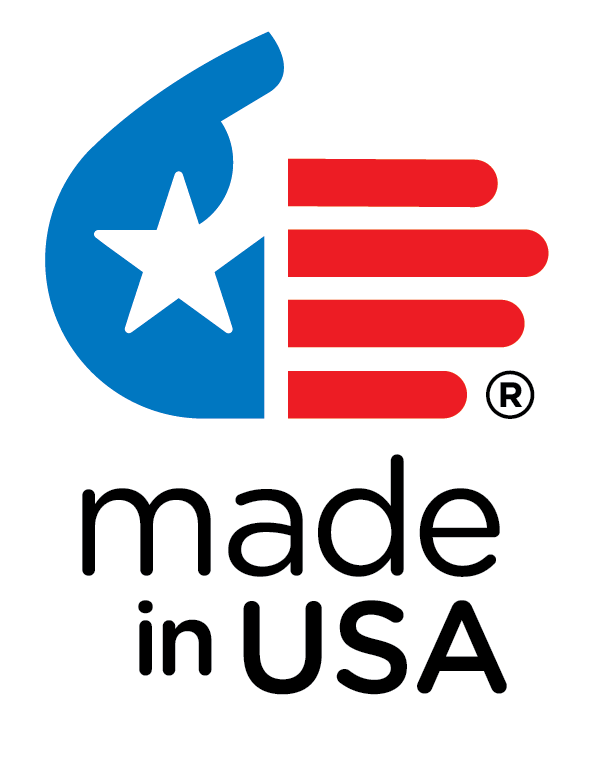Back to Presentations
Getting more from less: low-level DNA mixtures on cartridges
Kari R. Danser, MS, Jennifer Bracamontes, MS, Megan M. Foley, MS, Matthew Legler, BS, and Mark W. Perlin, PhD, MD, PhD, "Getting more from less: low-level DNA mixtures on cartridges", American Academy of Forensic Sciences Annual Scientific Conference, Baltimore, MD, 21-Feb-2025.
Talk
PowerPoint presentation of the conference talk.
Download Handout
Download PowerPoint
Abstract
Learning Overview: TrueAllele® Casework technology was able to use more DNA information than manual interpretation from cartridge casings, especially low-level and mixture data, providing more informative results.
Impact Statement: Cartridges are common pieces of evidence at crime scenes, and DNA information from cartridges is hard to obtain. TrueAllele technology can find information from this challenging data while also providing match information quickly.
Cartridge casings are the empty shells left behind after a gun was fired and they're typically made of different metals and have different calibers. Nearly 200,000 cartridge cases are recovered annually at United States crime scenes.1 The crime scenes where cartridges can be collected can range from homicides, aggravated assaults, robberies, and gang-related crimes. It has been shown that cartridges that were fired degrade any DNA that was left and have significantly less DNA2. Items with less DNA make it harder for crime labs to interpret the data and for crime scene investigators to collect DNA.
The cartridge study was designed to determine how much single source identification information can be recovered from firearm cartridges, as well as the best collection method and most informative cartridge type. Our study examined DNA data from seven different casing materials for a total of 910 cartridge samples. The cartridge samples were then collected using five different DNA collection methods. Once the DNA was collected, both manual interpretation and a probabilistic genotyping software, TrueAllele® Casework, were used to analyze the cartridge data.
Once the single source cartridge samples were created, George Washington University lab manually interpreted the DNA data. The lab used a threshold and an allele counting method. The laboratory counted how many alleles matched the reference that was expected to be present in the sample. The laboratory found the reference sample was present in 205 of the cartridge samples.
A TrueAllele trained analyst set up single source requests for the program to solve. Upon review of the data, it was determined that the cartridge data was low level mixtures. There was a total of 202 samples that were low level. There was a total of 431 mixtures present, which made up 47% of the total samples.
The presence of additional contributors was an unexpected result, so a TrueAllele analyst did further processing considering multiple contributors, with the number of contributors that was observed in the data. The total number of contributors for these mixtures ranged from 2-5.
TrueAllele measured more information by looking at the lower-level data and mixtures and found a previously unidentified contributor. The unknown profile was informative with an expected genotype statistic of 30.36 ban. The unknown contributor was also found in 138 of the samples, ranging across the seven different cartridge types. Manual interpretation did not consider this unknown person as the method focused on the reference’s allele pair only, limiting their interpretation of the data.
Based on the results of the study, the known reference was found in 351 cartridge samples using TrueAllele, compared to 251 samples using manual interpretation. The unknown person was found in 138 samples using TrueAllele where manual interpretation ignored the unknown person.
The most informative collection methods based on high genotype statistics were wet:wet or wet:dry. The least informative collection methods were scraping and soak and sonicate. The most informative cartridge types based on high genotype and inclusionary statistics were aluminum and steel. The least informative cartridge type was 45 fired.
Overall, TrueAllele was able to use more DNA information than manual interpretation from cartridge casings, especially low-level and mixture data.
References
- “Shelling out Evidence: NIST Ballistic Standard Helps Tie Guns to Criminals.” NIST, 23 Jan. 2023, www.nist.gov/news-events/news/2012/08/shelling-out-evidence-nist-ballistic-standard-helps-tie-guns-criminals.
- >Prasad, Elisha, et al. “Touch DNA recovery from unfired and fired cartridges: Comparison of swabbing, tape lifting and soaking.” Forensic Science International, vol. 330, Jan. 2022, p. 111101, https://doi.org/10.1016/j.forsciint.2021.111101.
